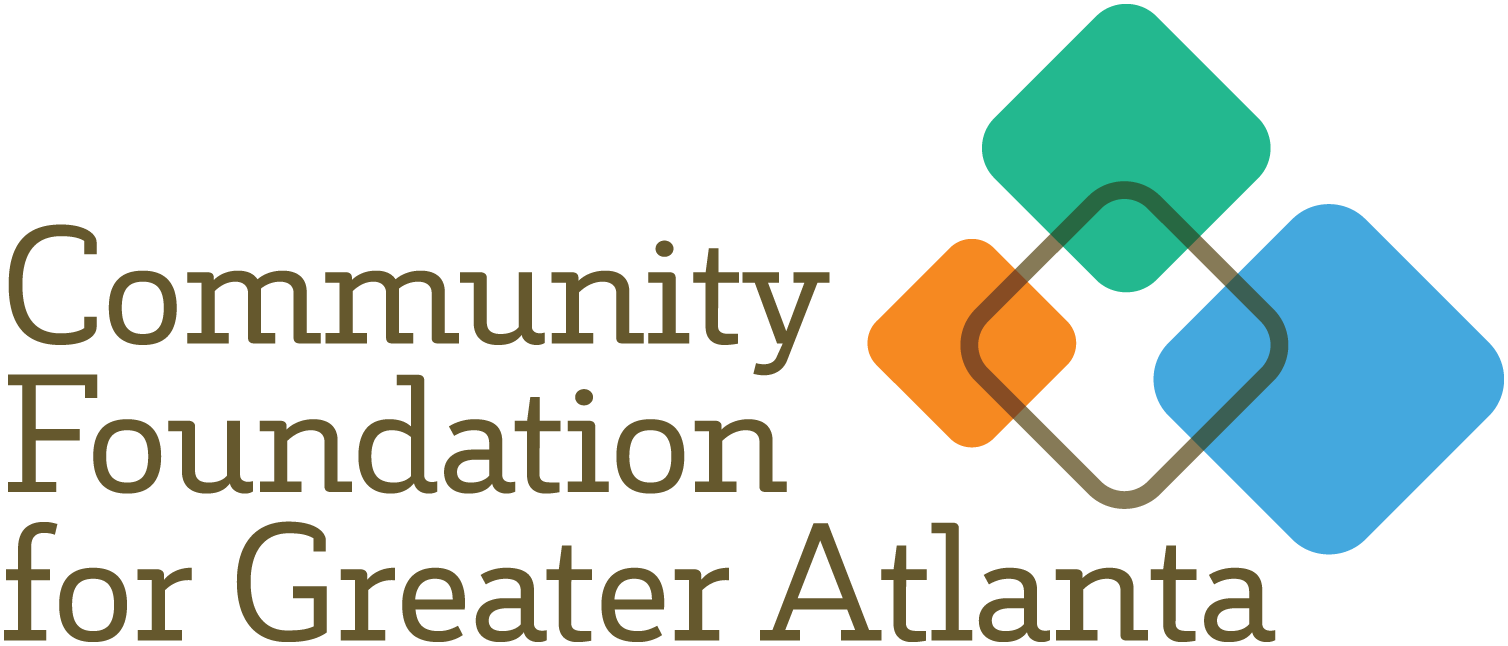
Last month, NPQ published three articles on donor-advised funds (DAFs). Our goal is to foster conversation regarding appropriate external and self-regulation for the field. We also invited additional contributions. This contribution to the dialogue from five community foundation leaders speaks to how they view the role of donor-advised funds and urges caution before rushing to regulation. (NPQ’s own position is outlined here). We continue to encourage further submissions and responses to the issues raised.
The rapid growth of donor-advised funds (DAFs) is one of the major stories in charitable giving. As community foundation leaders, we need to understand the impact of this growth and ensure that those who manage and donate to these funds adhere to best practices.
We know there have been some recent and high-profile examples that have given people cause for concern. When this happens, it is important to learn from these missteps, reflect, and make sure we have the right rules and regulations in place. These are conversations we have had and will continue to have with each other, regulators, and members of Congress.
But we also want to make sure that we don’t let a few bad examples distract from the fact that DAFs are also a vehicle that raises billions in charitable donations to provide critical services and solve important problems in communities across the country.
For more than 80 years, community foundations have seen this value first-hand. We created donor-advised funds as an option long before for-profit companies like Fidelity and Vanguard established their own charitable arms. And we have worked diligently to ensure they are used to improve our communities.
Community foundations work to improve the quality of life in a specific geography. They manage all of the funds entrusted to them—unrestricted, field-of-interest, scholarship, designated, and donor-advised—with the goal of creating more (and more strategic) charitable giving for the benefit of the communities we serve. DAFs are not standalone entities, but one important arrow in the quiver to accomplish our work. Many of us complement grants from DAFs with a larger pool of endowed funds to amplify our impact now and for generations to come.
While we know the recent growth brings scrutiny, we are concerned that some of the most vocal critics of DAFs have not worked directly with donors to understand their motivations and behaviors. We fear that the most common, broad-brush proposals for reform would have the opposite effect these critics intend: less money going to charity, not more.
The proposed changes that we hear most about have focused almost exclusively on one dubious notion—namely, that DAFs stand between donors and the charities they support. This notion, in turn, has spawned proposals that are designed to curb giving to DAFs in favor of direct gifts to charities. Such moves, however, we fear, would ultimately have the opposite effect. In our experience, philanthropy is not a zero-sum game, where giving levels can be assumed to be fixed and transferable, regardless of giving vehicle. Removing well-considered incentives and convenience for donors does not mean they will simply give the same amounts through another vehicle. Some might, but many others will give less—or not give at all.
That’s why we believe it’s important to make sure we are thoughtful and deliberate and that any changes will not bring unintended consequences in the form of decreased charitable giving. Thoughtful and deliberate isn’t sexy, but when it comes to making sure that our communities get the support they need, it’s the right approach.
Community foundations have a clear and proven history, one dating back more than a century, of trusted stewardship of our donors, advocacy for increased charitable giving, smart grantmaking, and accountability. While we, too, have seen tremendous growth in the value of assets in DAFs, we don’t measure our success strictly in dollars. Our donors invest their capital—and their energy—to work closely with us and community nonprofits to address the critical issues of the day. From the opioid epidemic in New Hampshire to youth homelessness in Columbus, Ohio, to teacher labor market challenges in Arizona communities, to narrowing the opportunity gap in communities across the country.
We want donors to be making grants; we want to convert them from charitable givers to philanthropists. This is central to our mission. At community foundations, donations aren’t merely placed on a conveyor belt between donors and nonprofits. Donations are instead invested and amplified, with living and legacy donors working together to achieve greater value together.
To illustrate the power of this concept, one need look no further than the most recent Columbus Survey, the annual analysis of giving to and grantmaking by US community foundations, which found that contributions from donors to the 100 largest community foundations totaled more than $8.9 billion in 2017, an increase of some $780 million compared with 2016.
But the real story isn’t the impressive increase in giving to community foundations; it’s the even more impressive surge in money granted out to nonprofits. These same 100 foundations paid out $1.1 billion more in grants in 2017 than they had in 2016, meaning that the increase in money going into their communities substantially exceeded the amount of new money going into the foundations.
Looking back even farther, the Columbus Survey figures show that while annual gifts to these community foundations increased by 100 percent from 2011 to 2017, annual grantmaking increased at an even faster rate—120 percent.
We recognize that growth in dollars alone is not the goal; the betterment of our communities is. To achieve our mission, we need DAFs to be a tool that helps us actively partner with community groups to address their needs.
While no giving tool is perfect, the vast majority of DAFs we control achieve this goal. That’s why we have grave concerns about efforts to place arbitrary rules and guidelines around them, no matter how well intentioned those efforts might be. We don’t oppose reform, especially if when it addresses a real public policy problem. But our real, and hopefully shared, concern is to avoid government overreach, excessive regulation, and bureaucratic waste that could result from such rules.
Our communities—and the nonprofits that serve them—cannot afford to see future investments in their well-being jeopardized by partly informed decisions. We look forward to working with those who want to ensure that DAFs remain a powerful force for good, recognizing the inherent value of community foundations and our goal of continuing to advance philanthropy in communities large and small.
This article was originally posted on Nonprofit Quarterly.
Categories
- Arts, Culture and Creative Enterprises6
- Book Club26
- Community107
- COVID-1934
- Donor Stories39
- Events30
- Great Grant Stories62
- Higher Ground168
- Housing and Neighborhoods14
- Impact Investing28
- Income and Wealth12
- Media22
- News158
- Nonprofits24
- Philanthropic Resources131
- Place-focused6
- Power and Leadership8
- Press Releases99
- Publications62
- TogetherATL20
- Uncategorized335
